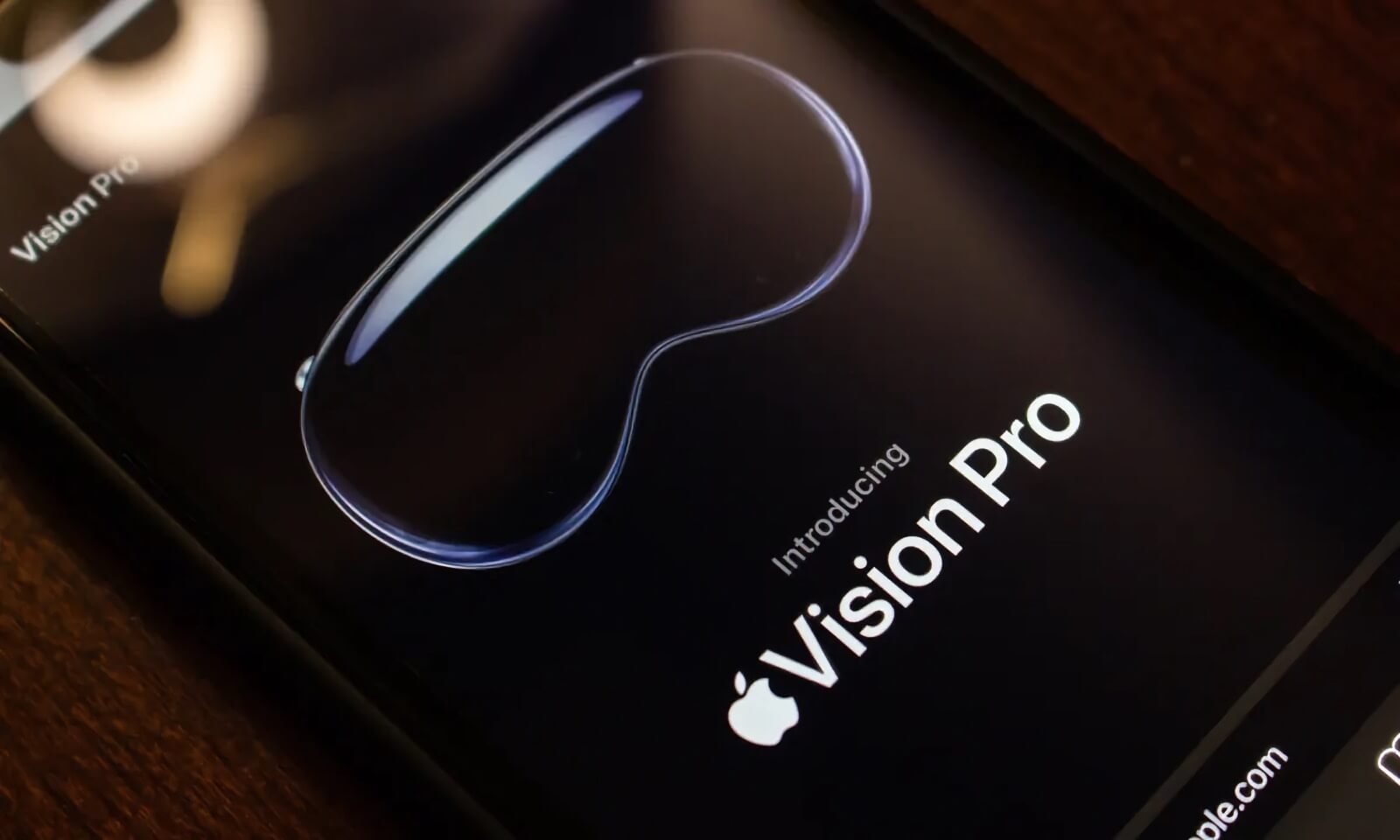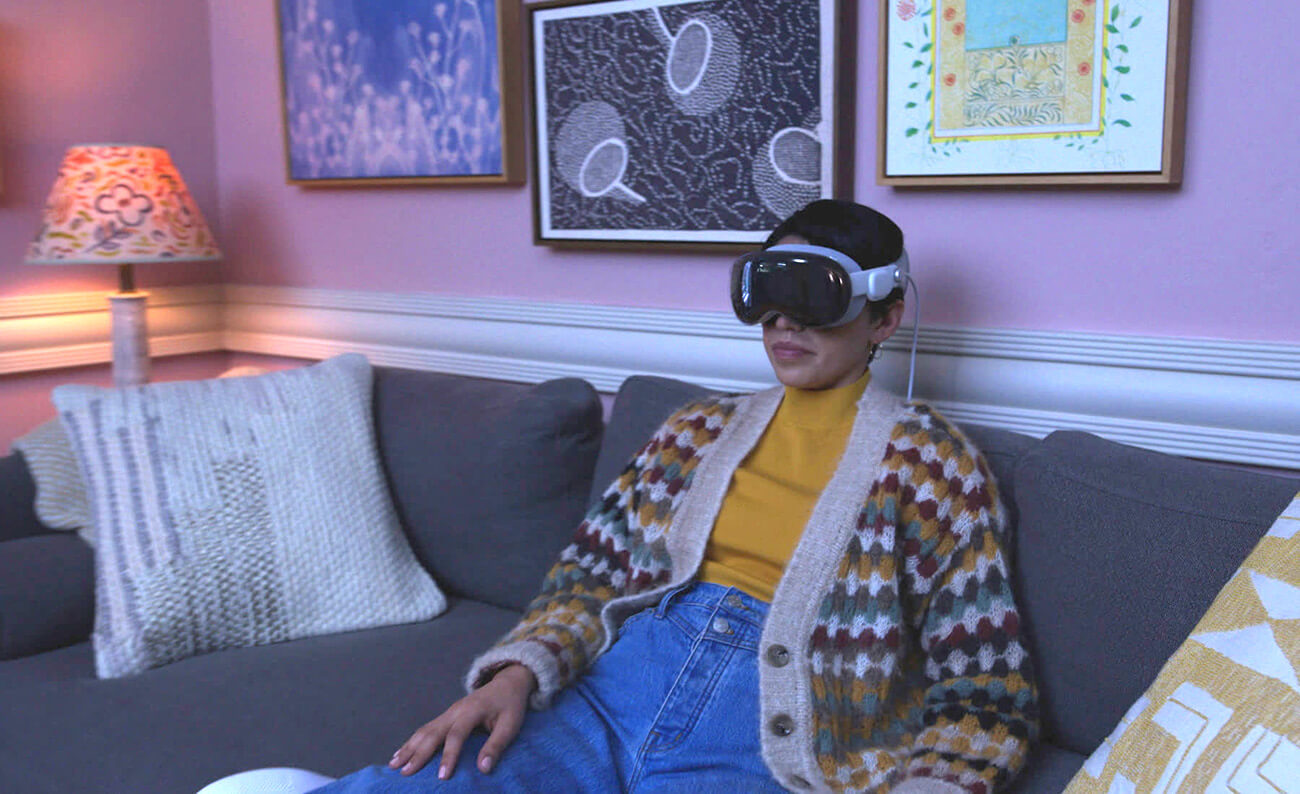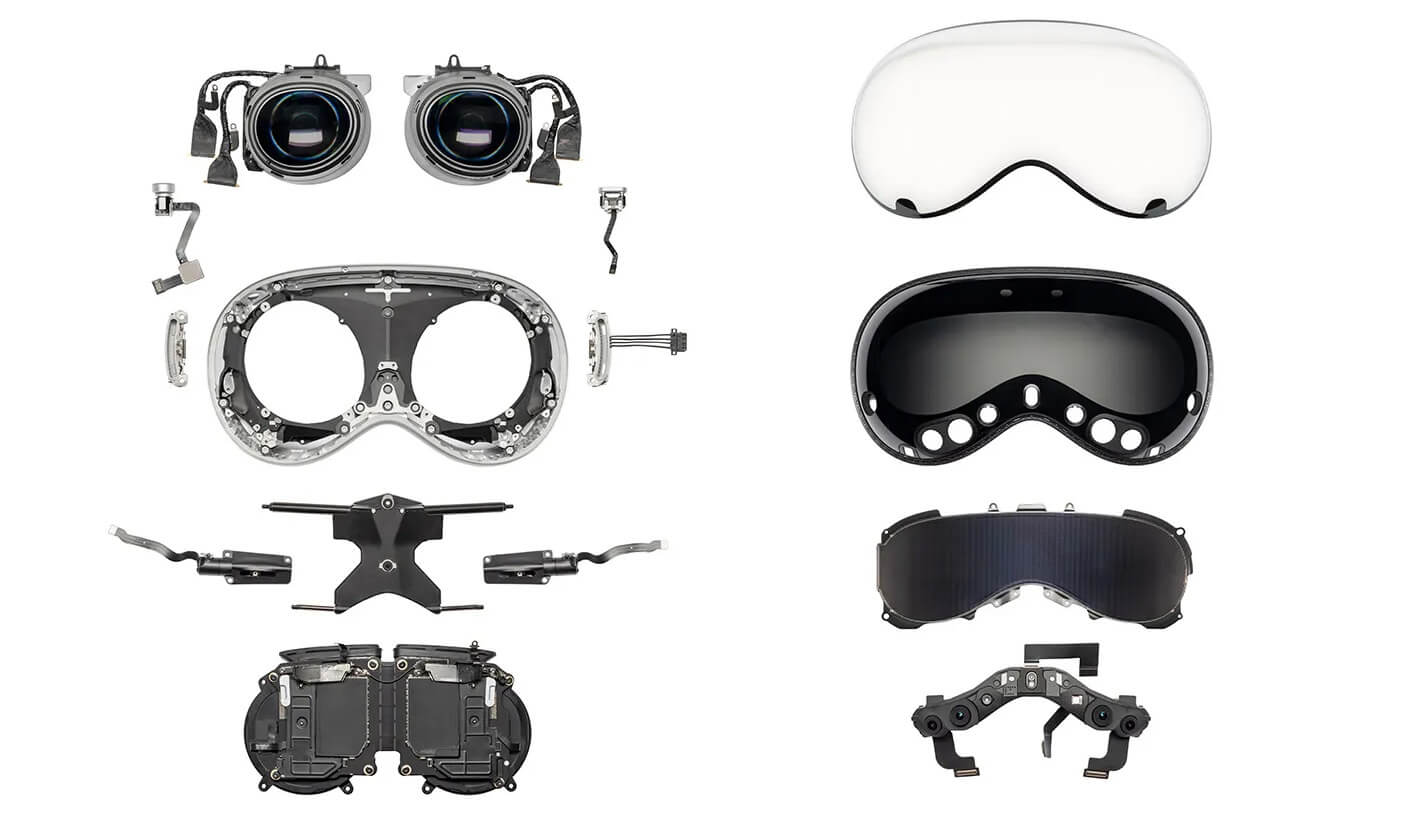
Apple’s Misleading Claims About Vision Pro
I have always been a great admirer of Apple, since the time when putting a colorful apple sticker on the back of your car was a symbol of resistance against the “tyranny of Windows.” Today, unfortunately, the message is quite different.
And I still admire the brand because it is the one that still provides me with high-quality products that I can trust.
However, all these decades of following Apple have allowed me to identify when what it presents is real or the result of the excellent marketing that characterizes it.
This week, we are witnessing the launch of the brand-new Vision Pro, which, according to the company, promises to revolutionize ‘space computing’.
But there are some reasons that make me skeptical about all this supposed “success” and the future of the product. And hearing some phrases from Apple executives makes me even more suspicious.
LIE 1: The launch of Vision Pro is comparable to the first iPhone
Tim Cook wrote an internal memo to all company employees in which he equates this Friday’s launch to what happened with the first iPhone.
Well, I disagree. A lot.
I don’t know if Uncle Tim has a short memory or what, but anyone who lived through that time and witnessed the launch of the first iPhone remembers how it shook everyone.
Between the presentation of the iPhone in January and the start of sales in June, it was all anyone talked about. Even stories on the Jornal Nacional (which had never mentioned Apple before) appeared, such was the surprise of everyone for that phone that only had a screen, no keyboard.
That’s because, in the presentation on January 9th, Jobs showed us things we had never seen before. That sliding screen with a simple touch was magical, something out of this world.
The Vision Pro didn’t come close to that. In the presentation, no one was amazed to the point of thinking it was magic or something very different from what already exists. And just that point alone is a significant difference between the iPhone and Vision’s launch.
LIE 2: Vision was designed to connect and bring people closer
One of Apple’s executives, Alan Dye, came up with this gem in an interview with the magazine Wallpaper:
“… we understood that the product could be used for connection, for bringing people together and helping to enrich their lives, as we do with so many other Apple products…”
If there’s one thing that Vision doesn’t do (and no other virtual reality headset does) is bring people closer.
Dealing with someone who is always glued to their smartphone is already challenging today, imagine being with someone wearing a Vision Pro and seeing/doing things that you can’t see?
The person will be immersed in a virtual environment that excludes anyone not wearing the device.
Furthermore, the Vision Pro requires various adjustments to fit each specific face. So if someone in the house has one, it’s possible that the face shape of the other people living together is not similar to the owner’s, and then only one can use it fully, while the others are excluded.
All those images of you watching a movie on your bedroom ceiling will happen with you alone. Anyone with you will be left out.

LIE 3: Vision is expensive because it’s future technology
The Vision Pro costs more than buying a MacBook Pro Max with a 14-core CPU, 30-core GPU, 36GB of RAM, and 1TB SSD Storage. It’s a powerful machine capable of doing many things that Vision can’t.
It’s more expensive not because it’s “future technology,” but because it uses advanced internal components that are currently expensive.

And why is Apple’s argument a lie? Well, just imagine the first iPhone.
It was much more expensive than any other phone of the time. Was it the future? Yes. But was it more expensive because it used “future technology”? No, it wasn’t. And the proof is that the subsequent generations made up for its shortcomings and used more modern components that it didn’t have in the first one.
The chances of the same happening with the Vision Pro are the same.
The reason it’s very expensive now is simple: it’s an experimental product.
Tim Cook himself admitted in an interview that Apple still doesn’t know exactly what Vision Pro will do in a few years, but they’re releasing it now because they believe it will help advance the product faster.
Yes, the high price is so that it’s not a mass-market product, which would kill it as soon as people realized it wouldn’t change their lives at the moment.
Limiting the consumer audience to those who really want to be the first to use it reduces critical pressure, while allowing developers and creative people to invent new uses that would only be possible in virtual reality. That’s when we’ll have the much-touted revolution.
But until that happens, don’t fall for the spiel that you need it right now, because you don’t.
TRUTH: Someone is missing from the story
You will see Apple insisting that this is another revolution, like the Mac, iPod, and iPhone were. But it’s just marketing talk.
That’s because someone fundamental is missing who was essential for those previous revolutions: Steve Jobs.
It was he who saw something at Xerox PARC’s laboratories that no one had taken seriously: the graphical interface for computers. That’s what revolutionized computing with the arrival of the Mac, and we know it only happened because Jobs was very determined.
I wrote an article about this a while back, explaining how it doesn’t exist in today’s Apple:
The iPod itself was not revolutionary. At the time, it was even ridiculed as a “gourmetized MP3 pen drive.” But it was Jobs’ genius in combining a well-finished product with the idea of facilitating legal music purchases over the internet that saved the entire music industry.
The iPhone was considered an impossible product to make. And if it depended on one of the prototypes presented at the beginning, it would have been a cheap and horrible copy of the iPod.

It was Steve Jobs’ persistence and the talent of a young Scott Forstall (the one who was expelled from Apple after Jobs died) that brought to life what would revolutionize the world of telephony forever.
So, as much as the new Vision Pro has a lot of potential and may one day become something that changes our way of interacting with the virtual world (just like the Mac, iPod, and iPhone did), the fact is that it hasn’t come close to that point today.
And precisely because we no longer have the misfit, the rebel, the troublemaker Steve Jobs, it makes me believe less that this will really happen one day.
Of course, I could be wrong. But until the facts show me otherwise, I will remain skeptical of Apple’s current speeches about “revolutions”…
Is there any other lie you think Apple tells about Vision Pro that I haven’t noticed? Tell me in the comments. 😉